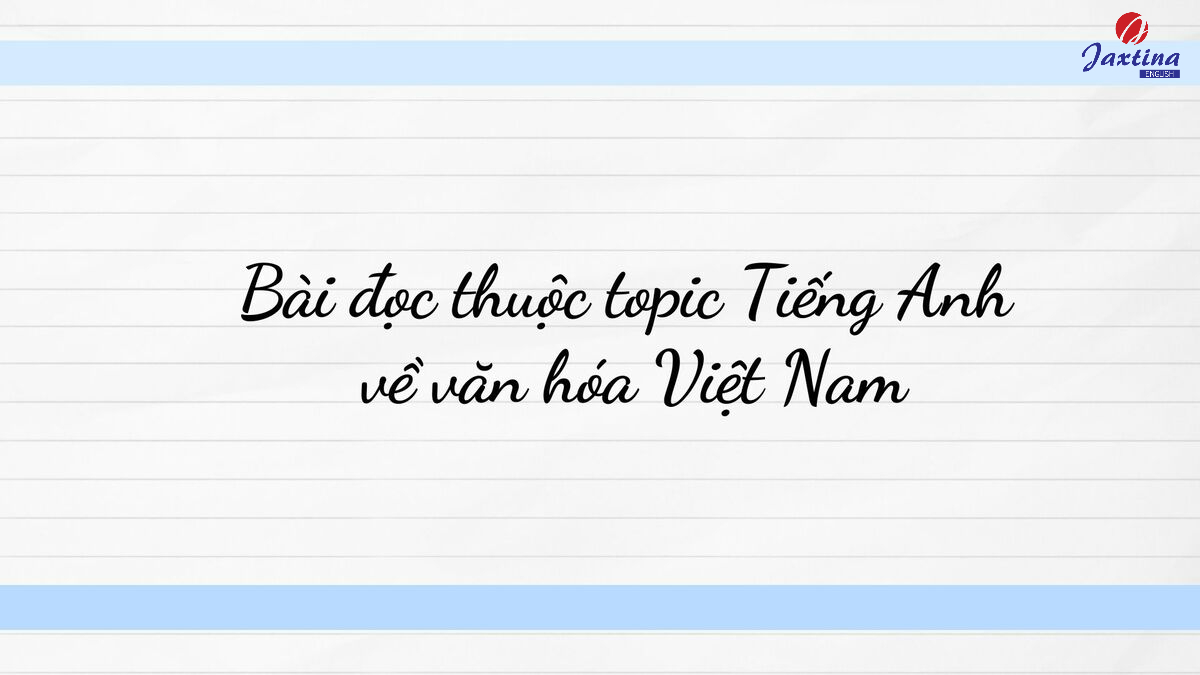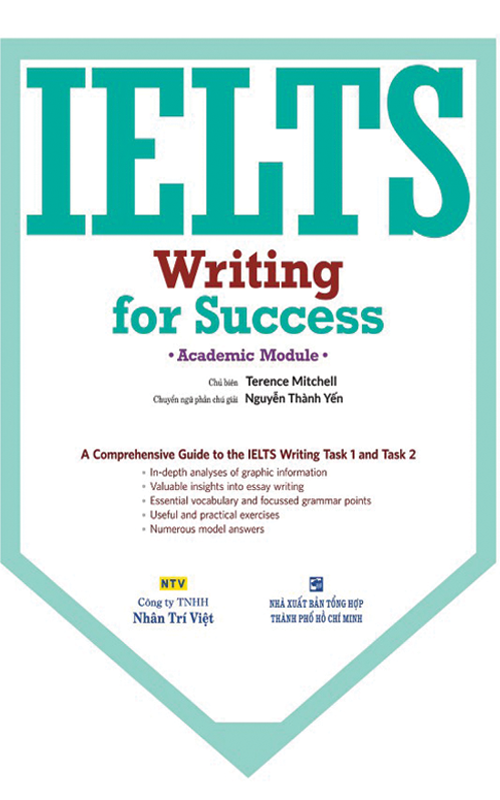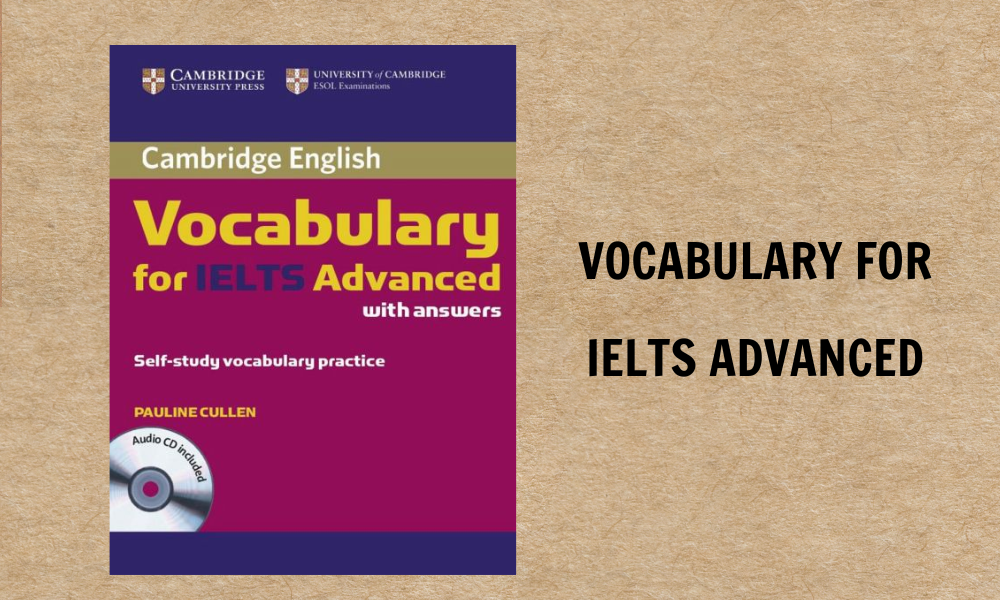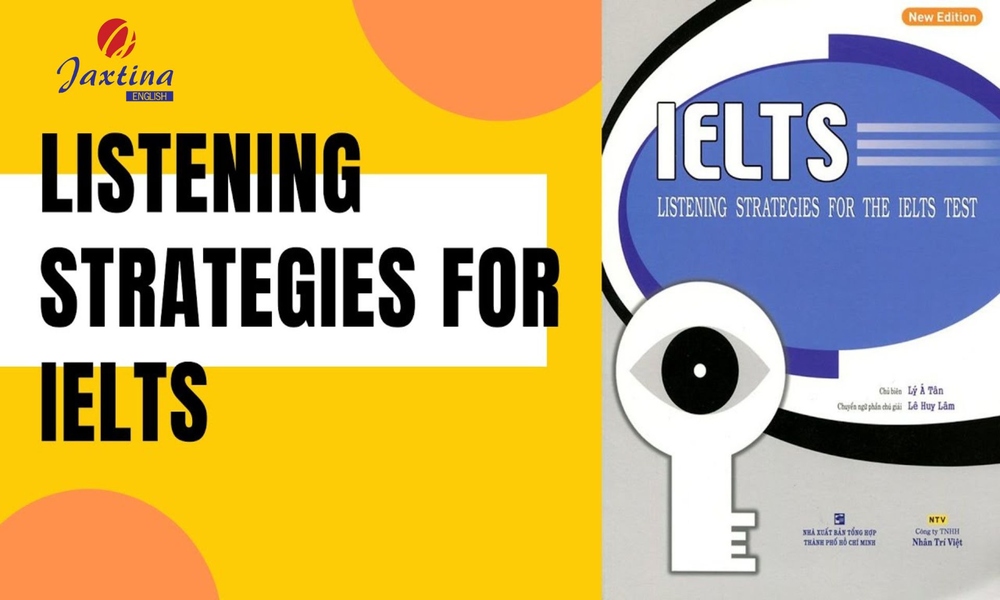Review sách IELTS Writing For Success và link tải PDF Free
Bài đọc về topic Tiếng Anh về văn hóa Việt Nam [Kèm bài tập]
Bạn đang muốn luyện kỹ năng Reading với các bài đọc về topic Tiếng Anh về văn hóa Việt Nam? Vậy hãy xem ngay bài viết sau đây của trung tâm học Tiếng Anh Jaxtina nhé. Chúng tôi không chỉ cung cấp các bài đọc về văn hoá bằng Tiếng Anh mà còn chia sẻ một số từ vựng quan trọng thuộc chủ đề này.
Nội dung bài viết
1. Tổng hợp các bài đọc Tiếng Anh về chủ đề văn hoá Việt Nam
Bạn hãy cùng Jaxtina ôn tập lại kiến thức qua các bài luyện đọc Tiếng Anh bổ ích dưới đây nhé!
1.1 Practice 1. Choose True or False. (Chọn Đúng hoặc Sai.)
Vietnamese Lunar New Year, known as Tet Nguyen Dan or simply Tet, is the most important and widely celebrated holiday in Vietnam. Tet marks the beginning of the lunar new year, usually falling in late January or early February. It’s a time for family reunions and paying respects to ancestors.
During the weeks leading up to Tet, Vietnamese people clean and decorate their homes. They believe that cleaning sweeps away the old year’s bad luck and makes way for the good luck of the new year. Many households also have a special altar with offerings for their ancestors, such as incense, fruits, and traditional cakes.
One of the most significant traditions during Tet is the giving of red envelopes or “li xi” to children and unmarried adults. These envelopes contain money and are believed to bring good fortune. Children often use the money they receive to buy toys or save it for the future.
Traditional foods are an essential part of Tet celebrations. Banh Chung, a square-shaped sticky rice cake, and banh tet, a cylindrical glutinous rice cake, are the most iconic Tet dishes. These cakes are usually made at home with family members coming together to prepare them.
On New Year’s Eve, families gather for a special meal called “Reunion Dinner.” This meal typically features a variety of traditional dishes and marks the beginning of the Tet festivities. At midnight, it’s common to light firecrackers and watch fireworks displays to welcome the new year.
During Tet, you’ll often see lion and dragon dance performances in the streets, and people visit temples and pagodas to pray for good fortune. The atmosphere is lively and filled with joy as people celebrate the start of a new year with their loved ones.
- Tet Nguyen Dan is the most important holiday in Vietnam.
- Tet always falls on the same date on the Gregorian calendar.
- Cleaning the house before Tet is believed to bring good luck.
- “Li xi” envelopes contain toys for children.
- Banh chung and banh tet are traditional Tet dishes.
Xem đáp án
- True
- False
- True
- False
- True
Xem bản dịch
Tết Nguyên đán Việt Nam, còn được gọi là Tết Nguyên Đán hay đơn giản là Tết, là ngày lễ quan trọng nhất và được tổ chức rộng rãi ở Việt Nam. Tết đánh dấu sự bắt đầu của năm mới âm lịch, thường rơi vào cuối tháng Giêng hoặc đầu tháng Hai. Đây là thời gian để đoàn tụ gia đình và tỏ lòng thành kính với tổ tiên.
Trong những tuần cận Tết, người Việt dọn dẹp, trang trí nhà cửa. Họ tin rằng việc dọn dẹp sẽ quét sạch những điều xui xẻo của năm cũ và nhường chỗ cho những điều may mắn trong năm mới. Nhiều hộ gia đình còn có một bàn thờ đặc biệt để cúng tổ tiên như hương, trái cây, bánh truyền thống.
Một trong những truyền thống quan trọng nhất trong dịp Tết là tặng phong bao lì xì đỏ cho trẻ em và người lớn chưa lập gia đình. Những phong bì này đựng tiền và được cho là mang lại may mắn. Trẻ em thường dùng số tiền nhận được để mua đồ chơi hoặc để dành cho tương lai.
Những món ăn truyền thống là một phần không thể thiếu trong dịp Tết. Bánh Chưng, một loại bánh nếp hình vuông và bánh tét, một loại bánh nếp hình trụ, là những món ăn Tết mang tính biểu tượng nhất. Những chiếc bánh này thường được làm ở nhà và các thành viên trong gia đình cùng nhau chuẩn bị.
Vào đêm giao thừa, các gia đình quây quần thưởng thức bữa ăn đặc biệt mang tên “Bữa tối đoàn tụ”. Bữa ăn này thường có nhiều món ăn truyền thống và đánh dấu sự bắt đầu của lễ hội Tết. Vào lúc nửa đêm, việc đốt pháo và xem bắn pháo hoa để chào đón năm mới là điều thường thấy.
Trong dịp Tết, bạn sẽ thường thấy các màn trình diễn múa lân và rồng trên đường phố và mọi người đến thăm các đền chùa để cầu may mắn. Không khí sôi động và tràn ngập niềm vui khi mọi người đón chào năm mới cùng những người thân yêu.

Bài đọc thuộc topic Tiếng Anh về văn hóa Việt Nam
Hiện trung tâm Jaxtina English Center đang có nhiều chương trình ưu đãi học phí khi đăng ký combo 2 khóa học trở lên cũng nhiều khuyến mãi khác. Điền ngay thông tin vào form bên dưới để đăng ký nhận thông tin chi tiết về chương trình ưu đãi nhé!
Có Thể Bạn Cần: Luyện 4 kỹ năng Tiếng Anh
1.2 Practice 2. Choose the suitable words from the given ones to fill in the text.
(Hãy chọn các từ phù hợp từ những từ đã cho để hoàn thành đoạn văn.)
| occasions | Traditional | valued | modernity |
| values | festival | famous | landscapes |
Vietnam is known for its rich culture, stunning ____, and delicious food. Family is highly ___, with multiple generations often living together. Vietnamese cuisine is ____ for dishes like pho and spring rolls. ____ clothing, called “ao dai,” is worn on special ___. The country’s history is reflected in its architecture and temples. Tet Nguyen Dan is the most important ____, marked by family reunions and red envelope-giving. Vietnam’s culture is a blend of tradition and ____, treasuring deep-rooted ____.
Xem đáp án
Vietnam is known for its rich culture, stunning landscapes, and delicious food. Family is highly valued, with multiple generations often living together. Vietnamese cuisine is famous for dishes like pho and spring rolls. Traditional clothing, called “ao dai,” is worn on special occasions. The country’s history is reflected in its architecture and temples. Tet Nguyen Dan is the most important festival, marked by family reunions and red envelope-giving. Vietnam’s culture is a blend of tradition and modernity, treasuring deep-rooted values.
Xem bản dịch
Việt Nam được biết đến với nền văn hóa phong phú, cảnh quan tuyệt đẹp và những món ăn ngon. Gia đình được coi trọng, có nhiều thế hệ thường xuyên chung sống. Ẩm thực Việt Nam nổi tiếng với các món như phở, chả giò. Trang phục truyền thống, được gọi là “áo dài”, được mặc trong những dịp đặc biệt. Lịch sử của đất nước được phản ánh trong kiến trúc và đền chùa. Tết Nguyên Đán là ngày lễ quan trọng nhất, đánh dấu bằng việc đoàn tụ gia đình và tặng phong bao lì xì. Văn hóa Việt Nam là sự pha trộn giữa truyền thống và hiện đại, trân trọng những giá trị sâu sắc.
Tìm Hiểu: Cách cải thiện kỹ năng đọc Tiếng Anh
2. Một số từ vựng thuộc topic Tiếng Anh về văn hóa Việt Nam
Dưới đây là một số từ vựng Tiếng Anh sẽ thường xuất hiện trong các bài đọc về văn hoá:
| Từ vựng | Phát âm | Nghĩa tiếng Việt | Ví dụ |
| religion (n) | /rɪˈlɪdʒən/ | tôn giáo |
Is there always a conflict between science and religion? (Luôn có xung đột giữa khoa học và tôn giáo?) |
| belief (n) | /bɪˈliːf/ | lòng tin, niềm tin |
They share a belief that there is life after death. (Họ có chung một niềm tin rằng có sự sống sau cái chết.) |
| custom (n) | /ˈkʌstəm/ | phong tục, tập quán |
According to custom, one son inherited all the family property. (Theo phong tục, một người con trai được thừa kế toàn bộ tài sản của gia đình.) |
| multicultural society (n.p) | /ˌmʌl.tiˈkʌl.tʃər.əl səˈsaɪ.ə.ti/ |
xã hội đa văn hóa |
Britain is increasingly a multicultural society. (Nước Anh ngày càng trở thành một xã hội đa văn hóa.) |
| cultural diversity (n.p) | /ˈkʌl.tʃər.əl daɪˈvɜː.sə.ti/ | sự đa dạng văn hóa |
The term cultural diversity can also refer to having different cultures respect each other’s differences. (Thuật ngữ sự đa dạng văn hóa cũng có thể đề cập đến việc các nền văn hóa khác nhau tôn trọng sự khác biệt của nhau.) |
| cultural identity (n.p) | /ˈkʌl.tʃər.əl aɪˈden.tə.ti/ | bản sắc văn hóa |
Some people believe cultural identity is how we identify ourselves as part of a culture. (Một số người tin rằng bản sắc văn hoá là cách chúng ta xác định mình như một phần của nền văn hoá.) |
| assimilation (n) | /əˌsɪm.ɪˈleɪ.ʃən/ | sự đồng hóa |
The assimilation of ethnic Germans in the US was accelerated by the two world wars. (Sự đồng hóa của người Đức gốc ở Mỹ đã được đẩy nhanh bởi hai cuộc chiến tranh thế giới.) |
| culture shock (n.p) | /ˈkʌl.tʃə ʃɒk/ | sốc văn hóa |
It was a real culture shock to find herself in Bangkok after living on a small island. (Đó là một cú sốc văn hóa thực sự khi thấy mình ở Bangkok sau khi sống trên một hòn đảo nhỏ.) |
| civilization (n) | /ˌsɪv.əl.aɪˈzeɪ.ʃən/ | nền văn minh |
Some people think that nuclear war would mean the end of civilization. (Một số người nghĩ rằng chiến tranh hạt nhân có nghĩa là sự kết thúc của nền văn minh.) |
| uniqueness (n) | /juˈniːknəs/ | sự độc đáo |
The author stresses the uniqueness of the individual. (Tác giả nhấn mạnh sự độc đáo của cá nhân.) |
| misconception (n) | /ˌmɪskənˈsepʃn/ | sự hiểu lầm |
Let me deal with some misconceptions. (Hãy để tôi giải quyết một số sự hiểu lầm.) |
| globalization (n) | /ˌɡləʊbəlaɪˈzeɪʃn/ | sự toàn cầu hóa |
We must take advantage of the increased globalization of the commodity trading business. (Chúng ta phải tận dụng lợi thế của toàn cầu hóa gia tăng của kinh doanh thương mại hàng hóa.) |
| stereotype (n) | /ˈster.i.ə.taɪp/ | khuôn mẫu |
Although we are now in modern time, these traditions are well preserved respectably as a cultural stereotype. (Mặc dù chúng ta hiện đang sống ở hiện đại, nhưng những truyền thống này được bảo tồn tốt như là một khuôn mẫu văn hoá.) |
| heritage (n) | /ˈher.ɪ.tɪdʒ/ | di sản |
These monuments are a vital part of the cultural heritage of South America. (Những di tích này là một phần quan trọng của di sản văn hóa Nam Mỹ.) |
| integration (n) | /ɪn.tɪˈɡreɪ.ʃən/ | sự hội nhập |
He creates an integration of contemporary and historic images. (Anh ấy tạo ra sự hội nhập giữa hình ảnh đương đại và lịch sử.) |
| tradition (n) | /trəˈdɪʃ.ən/ | truyền thống |
Fish is a tradition Chinese New Year dish. (Cá là món ăn truyền thống trong ngày Tết của người Trung Quốc.) |
| prejudice (n) | /ˈpredʒudɪs/ | định kiến, thành kiến |
Laws against racial prejudice must be strictly enforced. (Các luật chống thành kiến chủng tộc phải được thực thi nghiêm túc.) |
| auspicious (adj) | /ɔːˈspɪʃ.əs/ | điềm tốt, thịnh vượng |
It was an auspicious date for a wedding. (Đó là một ngày tốt lành cho đám cưới.) |
Jaxtina English Center đã chia sẻ cho bạn các bài đọc và từ vựng về topic Tiếng Anh về văn hóa Việt Nam. Hy vọng qua bài viết này, bạn sẽ có thêm kiến thức về chủ đề để từ đó nâng cao khả năng đọc của mình nhé!
Bài Viết Hữu Ích:

Đơn giản hoá việc học tiếng Anh

Tiên phong đào tạo
tiếng Anh toàn diện 4 kỹ năng.










